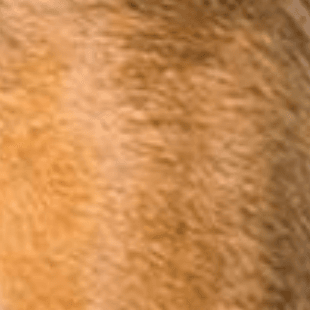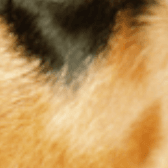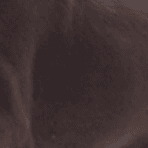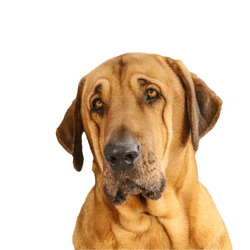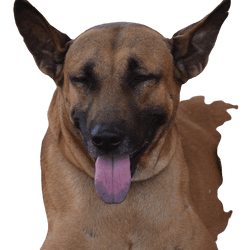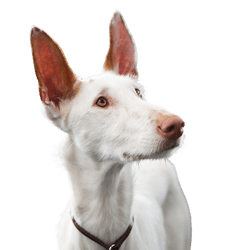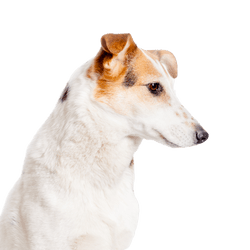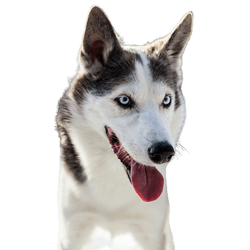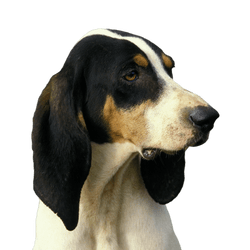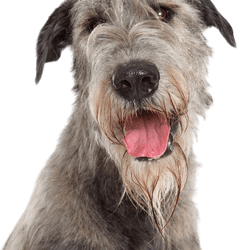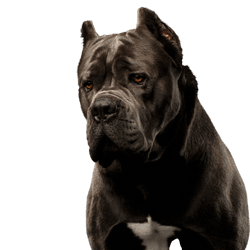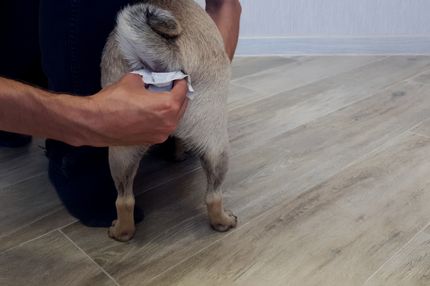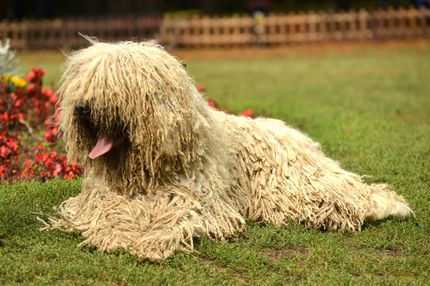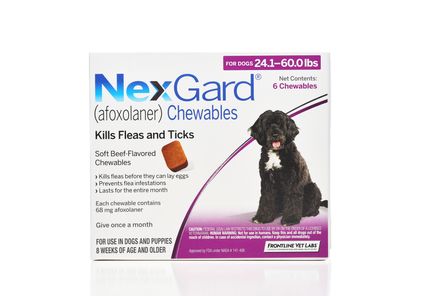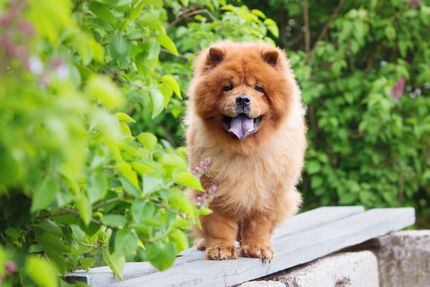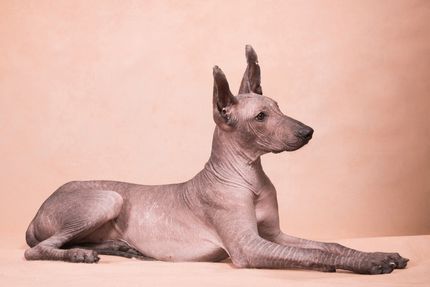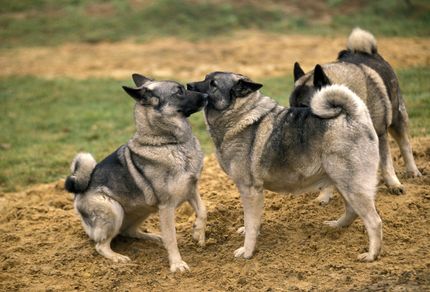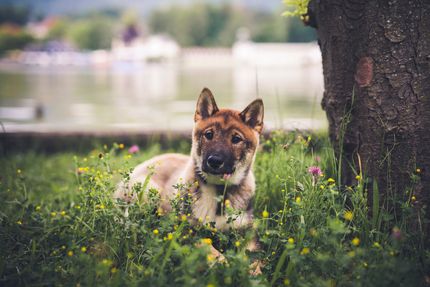Facts & Origin
It is named after the Chesapeake Bay in Virginia in the east of the USA. It is the only retriever breed originating from the USA. Shortly and affectionately it is also called Chessie or Chesapeake.
About the Chesapeake Bay Retriever breed
The Chesapeake Bay Retriever is a breed of dog recognized by the FCI and is classified in Group 8, Section 1, which are the retrieving dogs. It is therefore a hunting dog.
Origin and history
The Chesapeake Bay Retriever originates from the USA. In its native region he was already bred in the 19th century, as a hunting dog for hunting waterfowl.
In 1878 the first Chessie was registered in the American Kennel Club.
In the 1960s, the Chessie was named the State Dog of the State of Maryland.
What else you should know
Chesapeake Bay Retrievers have a decidedly wide range when it comes to facial expressions and the sounds they produce. For example, they are said to coo, yodel, or even sing.
Legend has it that today's Chesapeake Bay Retriever trace back to two pups, Sailor and Canton, who were rescued from a ship stranded in the Chesapeake Bay in 1807.
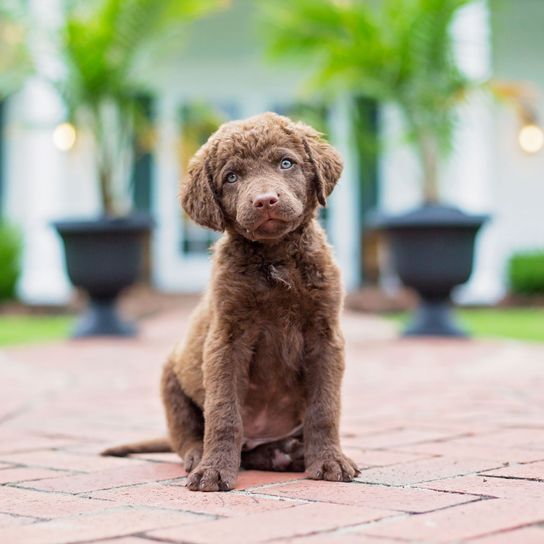
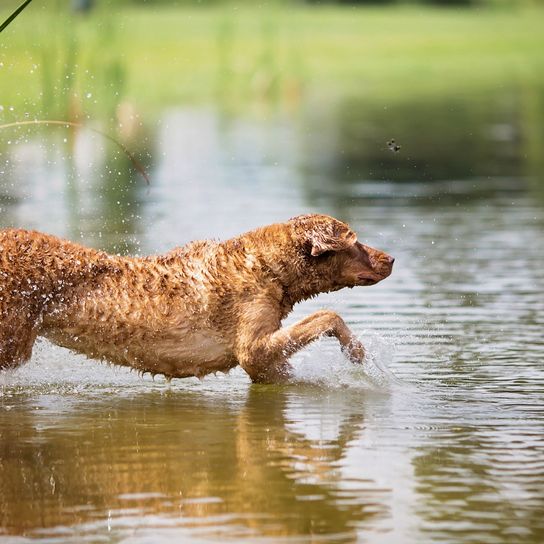
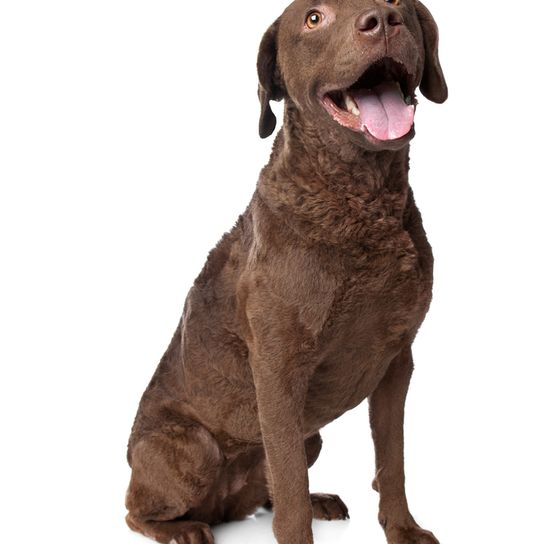
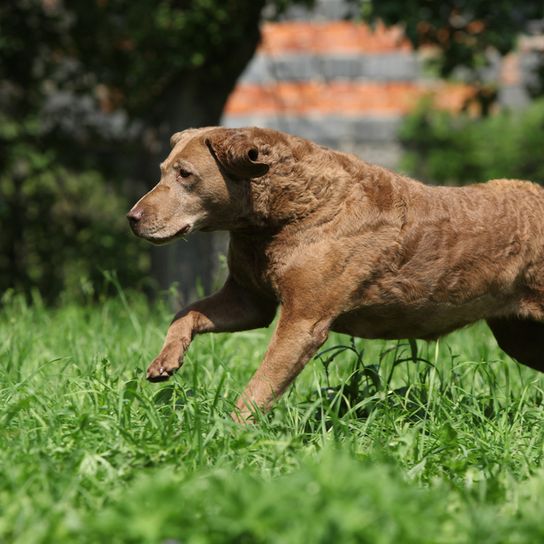
| Alternate Name | - |
| Origin | USA |
| Life expectancy | 10 - 12 years |
| Care requirements | low-maintenance |
| Activity level | high |
| FCI group | Retrievers |
| AKC group | Sporting Group |
| KC group | Gundog Group |
Chesapeake Bay Retriever mixes
Attitude, character and temperament of the breed
Nature: sensitive and stubborn workaholic
The Chesapeake is not only an excellent hunting dog, it also has the characteristics of a guard and protection dog. Since it has to act rather independently in all these functions, it is independent to stubborn in nature. It is obsessed with work. Since it is at the same time highly intelligent, sensitive and strongly fixated on its main reference person, it can be a real challenge for the owner.
Attitude and use: the worker
As a hunting dog the Chessie is used in his home country mainly for hunting ducks and other waterfowl, which it retrieves from the ice-cold water. In addition, it serves as a guard dog for the peasant estates.
If you want to keep a Chesapeake Bay Retriever, it needs an environment that offers the dog enough work and free space. A flat in the city will cause problems because of its barking - a property that it can guard is better suited.
The Chessie can be used perfectly as a hunting dog, but it also does a good job as a rescue dog. If it is not used for work, it definitely needs to be kept busy with other tasks.
With good socialization and enough activity, it can become a loving family dog.
Character
Usage
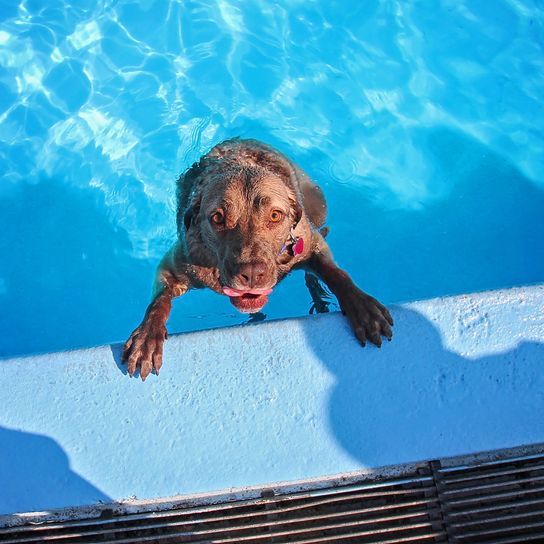
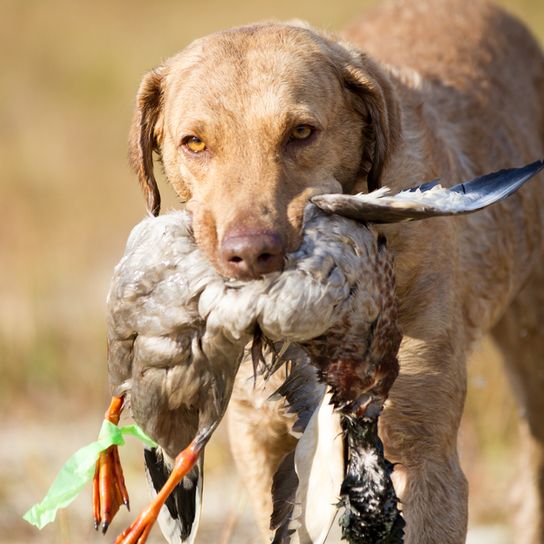
Care of a Chesapeake Bay Retriever
When it comes to grooming, the hardy Chesapeake is relatively undemanding. The thick coat should be brushed through regularly and then, of course, as with all dogs, the eyes and ears as well as the paws and claws should be checked regularly. To keep their teeth healthy, you should either brush your Chesapeake's teeth or give them teeth-cleaning foods like chews.
Above all, it's important to give your Chessie a task that fills it up. It thinks a bit of family dog and walks, however extended, are great - but they're not enough. If you can't or don't want to use it for hunting, you can either give it a watchdog task, which the dog will then also fulfil intensively, do suitable dog sports with Chesapeake Bay Retriever, train it to be a rescue dog or similar - or it will get stupid ideas.
Health: robust with limitations
The Chesapeake Bay Retriever has a hereditary skin disease called Ectodermal Dysplasia or ED-SFS.
A blood clotting disorder, Von Willebrand disease, is also common.
As with other large dogs, HD and ED (hip dysplasia and elbow dysplasia) are relatively common.
Otherwise, the Chessie is an exceptionally robust dog with a lifespan of around 12 years.
Chesapeake Bay Retriever Breeding
If you want to buy a Chesapeake Bay Retriever, you should definitely contact a reputable breeder. Only animals that have been tested for hereditary diseases and have passed a working test are approved for breeding.
This way, you can be relatively sure of getting a puppy that is healthy and free of hereditary diseases. The Chesapeake Bay Retriever breeders in Germany are supervised by the German Retriever Club, information HERE.

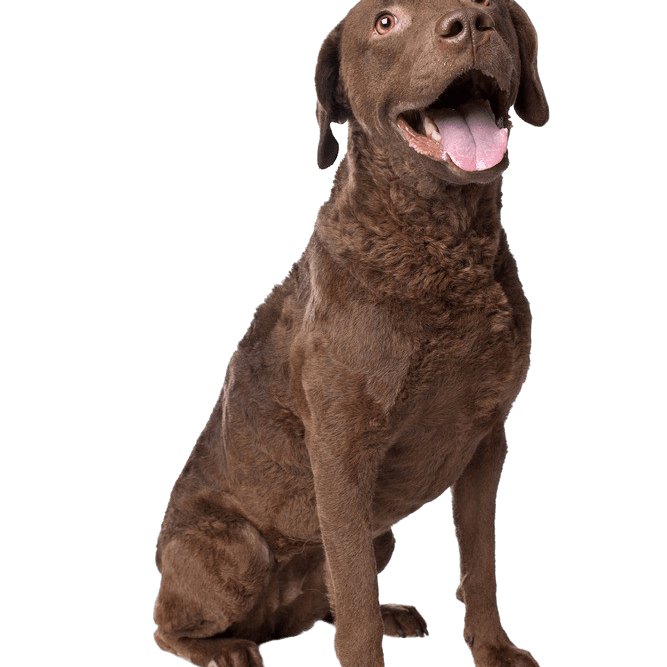
Characteristics of the Chesapeake Bay Retriever
Since the Chessie is bred primarily as a working dog, various conformation types have evolved, all of which are approved, from rather compact to athletic and long-legged to large-framed and strong.
- Size males 58 to 66 cm, females 53 to 61 cm
- weight males 29,5 to 36,5 kg, bitches 25 to 32 kg
- strong and muscular
- Coat short, oily, with dense undercoat, thus insulating and water repellent
- Coat colours: various, with preference for solid colour, adapted to the working environment from various shades of brown to red like rushes to light grey-brown ('deadgrass')
- Coat from neck over back to tail somewhat wavy, otherwise smooth
Training: not for beginners
The Chesapeake Bay Retriever has character. It is extremely sensitive and needs a sensitive, yet consistent education that challenges him. To meet this mixture is not easy.
A daily routine that is as fixed as possible gives the dog a structure that gives it security and keeps its temperament somewhat in check.
As early as possible, Chesapeake Bay Retriever puppies should be socialized and meet as many other dogs as possible, as well as people, so that their distrust of anything foreign is counteracted somewhat.
The Chessie is strongly fixated on one caregiver and will probably only take commands from them. Other family members are liked and protected, but not accepted as bosses. Absence of the main reference person, for example because of vacation or hospitalization, can lead to problems.
The Chesapeake Bay Retriever learns quickly and gladly - if it feels taken seriously and has a task. It is a working dog, an eager and diligent one at that. Give Chesapeake Bay Retriever a task that challenges it physically and mentally and it will be happy.
| Fur length | short |
| Fur | curly |
| Ear shape | Triangle |
| Tail | lang |
| Anatomy | strong |
| Size ♀ | 53 - 61 cm |
| Weight ♀ | 25 - 32 kg |
| Size ♂ | 58 - 66 cm |
| Weight ♂ | 29 - kg |
| Suitable For | - |
Colors



Known Diseases
Hip dysplasia (HD)
Hip dysplasia (HD) is a genetic condition in dogs where the hip joint is not shaped properly. This leads to pain, stiffness and restricted movement.
Elbow dysplasia (ED)
Elbow joint dysplasia is a chronic disease complex of the elbow joint of fast growing dog breeds.








